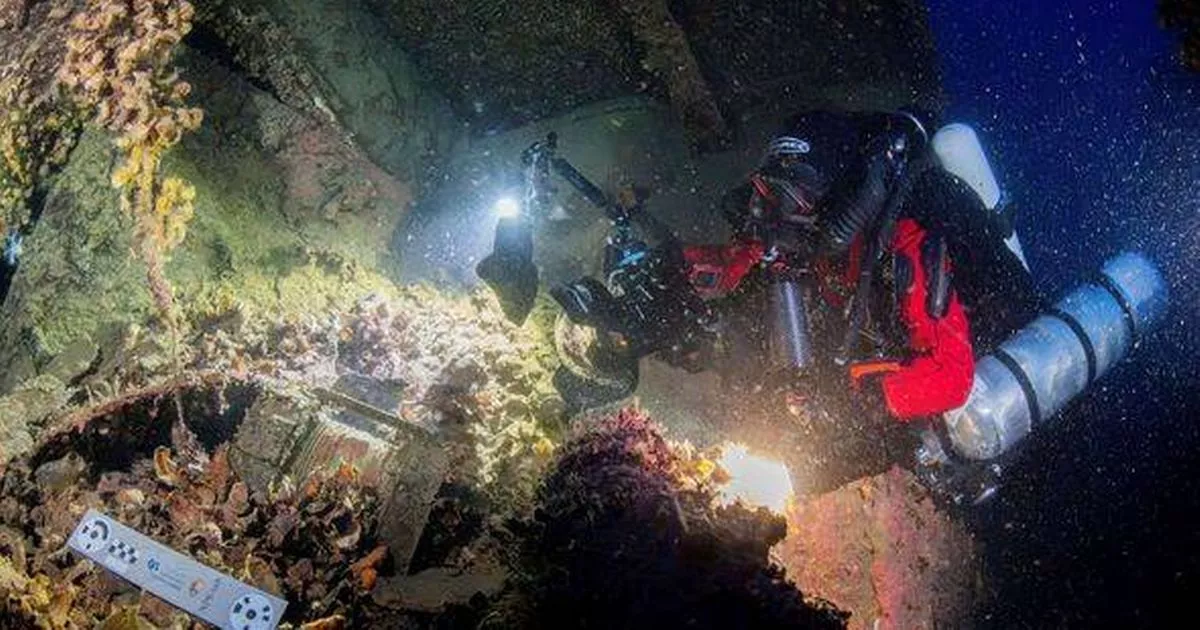Artifacts Unearthed from Britannic Shipwreck

More than a century after its tragic sinking, the wreck of the Britannic, the Titanic’s sister ship, has yielded a treasure trove of artifacts. A recent diving expedition off the Greek coast has uncovered items that shed light on the ship’s luxurious past. The Britannic, originally built as a luxury liner in 1914, met a tragic fate just two years later when it struck a mine during World War I.
Historic Dive Reveals Treasures
In May, a team of eleven deep-sea divers undertook a week-long mission to explore the Britannic wreck, located at a depth of 120 meters in the Aegean Sea. This operation, coordinated by British historian Simon Mills, marked the first time divers have accessed the ship’s interior since it sank in 1916. The expedition faced significant challenges, including strong currents and limited visibility, but the team successfully retrieved several significant artifacts.
Among the items salvaged were the ship’s lookout bell, silver-plated serving trays, and ceramic tiles believed to be from a Turkish bath. Other notable finds included a porcelain sink from the second-class cabins, a navigation lamp, and a pair of passenger binoculars. These artifacts not only highlight the opulence of the Britannic but also provide valuable insights into life aboard the ill-fated vessel.
The Britannic was requisitioned as a hospital ship during World War I, but it sank in less than an hour after hitting a mine off the coast of Kea, southeast of Athens. Tragically, 30 of the 1,060 passengers on board lost their lives, many due to the ship’s still-spinning propellers as they attempted to escape in lifeboats.
Preservation and Future Display
The artifacts recovered from the Britannic are currently being preserved in Athens. They will eventually be displayed in the new Museum of Underwater Antiquities, which is under construction at the Greek port of Piraeus. This museum aims to showcase the rich maritime history of Greece and the significance of underwater archaeology.
The Britannic wreck remained largely untouched until its discovery by renowned deep-sea explorer Jacques-Yves Cousteau in December 1975. Since then, it has become a focal point for maritime historians and divers alike. The recent discoveries not only enhance our understanding of the ship’s history but also serve as a poignant reminder of the lives lost during its tragic sinking.
